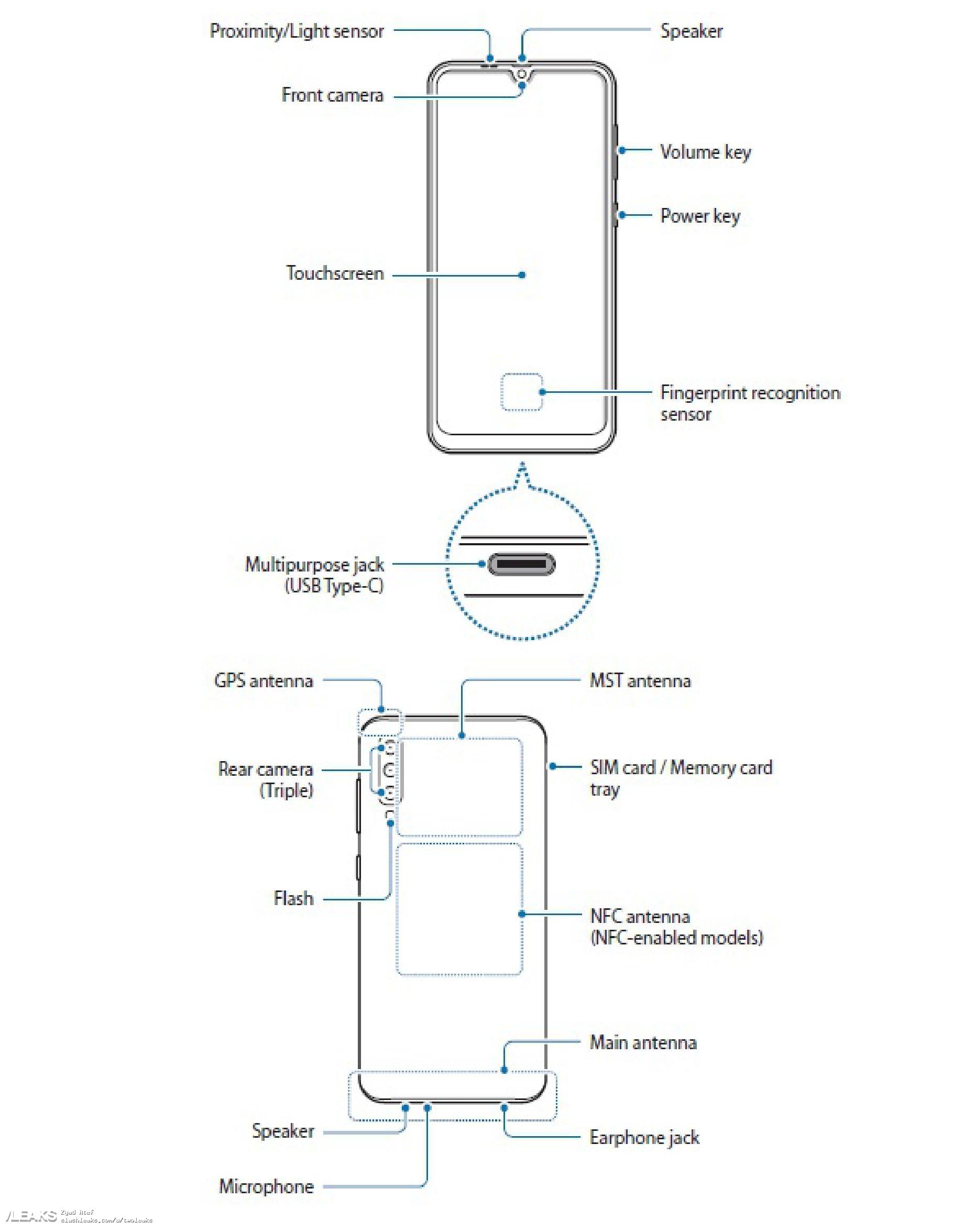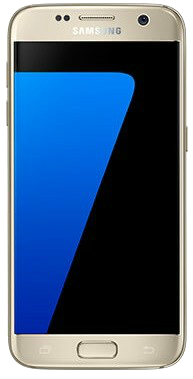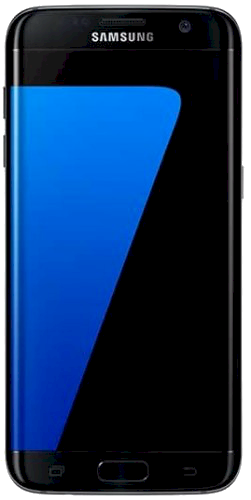Welcome to part seven of our 10 years of Samsung Galaxy S flagship series, in which we here at SamMobile talk about our experiences and memories of each of the nine Galaxy S flagships that have come before the Galaxy S10. Today, we look back at the Galaxy S7. The Galaxy S7 and Galaxy S7 edge, like the Galaxy S4, were focused on ironing out issues with their predecessors. And the S7 and S7 edge turned out to be excellent phones, and perhaps the most complete ones we saw until the Galaxy S9.
The Galaxy S7 edge in particular was brilliant. The screen was bigger than the S7’s but it was still quite compact, and its 3,600 mAh battery offered great endurance. Samsung introduced a camera with an autofocus technology (Dual Pixel) that was the best at the time and only found on DSLRs, and the Galaxy S7 and S7 edge also featured IP68 certification for water and dust resistance. Of course, some will also remember that the Galaxy S7 and S7 edge didn’t come with an IR blaster and were also the last Galaxy S flagship to feature a physical home key.
All in all, the Galaxy S7 and Galaxy S7 edge were almost perfect, and today, we here at SamMobile will share our memories and experience with these devices. Don’t forget to let us know your thoughts and memories about the Galaxy S7 and S7 edge down in the comments section afterwards!
Danny Dorresteijn
What I remember from the Galaxy S7 is that Samsung really did listen to feedback on all of the Galaxy S6′ “problems.” Consumers asked for a bigger battery, microSD slot, and water resistance, and Samsung obliged. The Galaxy S7 edge was one of the most perfect Galaxy S devices ever, in my opinion. It was fine tuned in every way, even though it didn’t have the wow factor of the Galaxy S6 edge. The camera was also great, and while it wasn’t too spectacular, I remember the S7 and S7 edge as the most advanced and stable flagships at the time in the entire mobile market.
Henk Loosbroek
As a Note fan, the main reason I bought the S7 edge was because Samsung didn’t launch a Galaxy Note here in Europe for two years after the Galaxy Note 4 was released. While the Galaxy Note 5 was never meant to come to Europe, the Galaxy Note 7 had to be discontinued, so I moved on to the Galaxy S8+ after the S7 edge. All I can say is that I found the S7 edge to be quite small, and I simply couldn’t get used to not having an S Pen.
Abhijeet Mishra
I agree with Danny here: The Galaxy S7 edge was pretty much the most perfect Galaxy S flagship ever. It didn’t have anything truly outstanding, but it was top-notch when it came to the essentials. And that Dual Pixel autofocus on the rear camera blew my mind away. It was like the phone was focused properly on the subject 100 percent of the time without needing me to do anything. In fact, I think that was exclusive to the Galaxy S7 and S7 edge, as I don’t recall later Galaxy S flagships having that same consistency with quick focusing on whatever you’re trying to capture.
The Galaxy S7 edge was also the device that got me serious about taking good images of phones for SamMobile. In fact, I broke my ex-colleague Asif’s Galaxy S7 edge twice when trying to take photos of it, on two different occasions, because I foolishly made the phone stand upright without much support and tried to take a picture of it. Oh, and I also remember drooling over the Coral Blue S7 edge and complaining about the company’s habit of releasing new and attractive colors later down the line, although Samsung only launched the Coral Blue S7 edge because the Note 7 met an early demise.
Adnan Farooqui
The Galaxy S7 felt like Samsung was perfecting some of the best bits about its predecessor. You got the same premium design with larger displays and bigger batteries. Pretty hard to go wrong with that. It also brought back much-requested features such as expandable storage and IP certification for dust and water resistance. However, Samsung’s decision to remove the IR blaster did receive some negative feedback.
My personal preference for design and larger batteries once again led me to the Galaxy S7 edge. You wouldn’t think twice about a 5.5-inch panel now but at that time it felt massive. The hardware was pretty solid and it had one of the best cameras that Samsung had ever put into a flagship. As it would later turn out, the Galaxy S7 series was the last Samsung flagship to feature a physical home button as the company would go on to make drastic design changes for the Galaxy S8.
Don’t forget: We want to hear about your fond memories and experience with the Galaxy S7 (or S7 edge), so go ahead and get a discussion going in the comments!
- Model: SM-G930F
- Dimensions: 142.4 x 69.6 x 7.9mm
- Display: 5.1" (129.2mm) Super AMOLED
- CPU: Exynos 8890
- Camera: 12 MP, Dual Pixel F1.7
- Model: SM-G935F
- Dimensions: 150.9 x 72.6 x 7.7mm
- Display: 5.5" (139.3mm) Super AMOLED
- CPU: Exynos 8890
- Camera: 12 MP, Dual Pixel F1.7
The post 10 years of Samsung Galaxy S flagships: Looking back at the Galaxy S7! appeared first on SamMobile.
from SamMobile http://bit.ly/2Gt65mh
via
IFTTT









